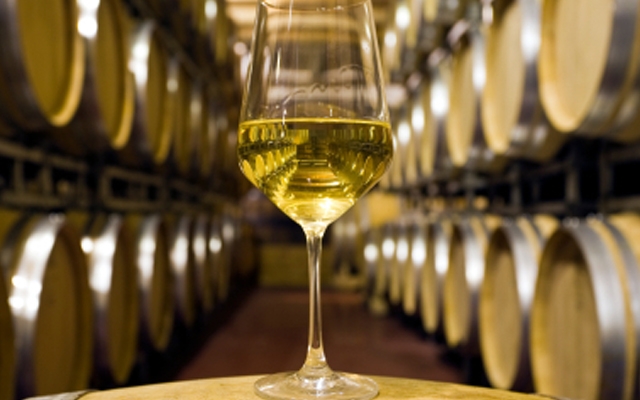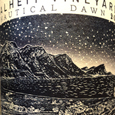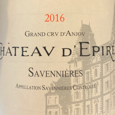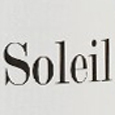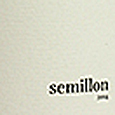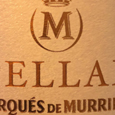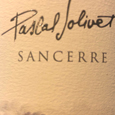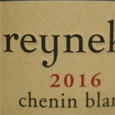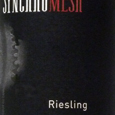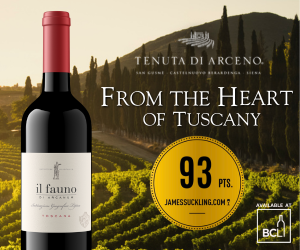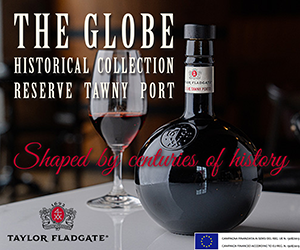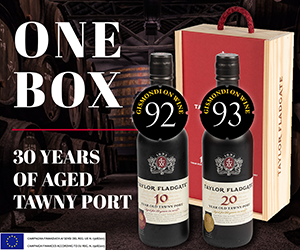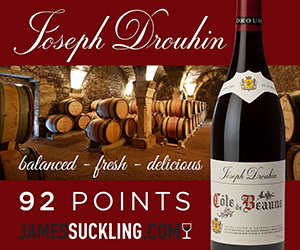It’s common knowledge.
Red wines are best with some age, and white wines are best young and fresh.
Well, no, and yes. And sometimes.
The only thing black and white in the wine world are grape varieties (let’s not get started on teinturier grapes, the red-fleshed varieties). While it’s true that many red wines benefit from age, so do many whites. In fact, some of the world’s most long-lived wines are white, maturing, improving, and complexing for decades, some up to 100 years or more. But how to know which whites are cellar-worthy, which will improve and for how long? It turns out it’s a hazy shade of teinturier.
What Makes a Wine Age?
Wine science is not conclusive in determining a wine’s age-worthiness, though it’s generally agreed that the key influencing factors are acidity, phenolics and grape variety. Sugar and free sulphur dioxide also play a role, as does the wine’s interaction with oxygen. Of course, closure and storage are also components to consider.
In reality, it’s not one key factor that determines a wine’s longevity, but rather the concentration and complex interaction between these traits.
For red wines, tannins from the grape skins provide much of the structure. Tannins are one of the phenolic compounds (polyphenols), found in the highest concentration in the stems, seeds, and skins of grapes. Phenolics act as a preservative, which is necessary when you’re thinking about holding/ageing a wine for a long period of time. The majority of white wines aren’t in contact with these elements to the degree that reds wines are, so they don’t have the preservation power of phenolics in the same way. The total amount of phenols found in a glass of red wine is around 200 mg, versus approximately 40 mg in a glass of white wine. Without that phenolic framework, white wines rely more on the backbone of acidity to create structure. Acidity is not just the structural backbone of wine; it also determines the pH level of the wine. Generally, the higher the acidity, the lower the pH. The benefits of high acidity / low pH create an environment not favourable for microorganisms that could spoil the wine. For white wines that are not fermented on their skins and thus afforded more phenolic protection, acidity and pH are critical.
The white grapes with the best ageing potential tend to be those with a high amount of natural acidity. This is why chenin blanc and riesling, high acid grapes, have the potential to age for decades, and why cool-climate, higher acid white Burgundy tends to have more age-worthiness than lower-acid California chardonnay.
But mother nature is not that simple or straightforward. Unfortunately, that simple acid equation doesn’t explain why sémillon tends to age better than its blending-cousin, the higher-acid sauvignon blanc, or why relatively low-acid, high pH marsanne ages better than high acid, low pH roussanne. Muscadet can be screaming with natural acidity, but age-worthy Muscadets are rare.
Balance is key; Acidity is constant and does not change as wine ages. Therefore, if it isn’t balanced with sugar, alcohol, etc., to begin with, the wine will show more of that imbalance over time. Similarly, if a wine doesn’t have a considerable concentration of flavours and aromas in its youth, it’s not going to create those in the bottle. Some of the longest-lived white wines in the world are sweet – think about Sauternes or Trokenbeerenauslese. However, for all their ample sugar content, they have pitch-perfect acidity to match. For whites to have ageing potential, you need a balanced wine in youth, with high intensity of concentration and acidity.
As a White Wine Ages – What to Expect
Though white wines make up a much smaller percentage of collectors’ cellars, some of the greatest wines for ageing are white. Also useful is that many of these wines are relatively affordable to purchase in youth, something you don’t see as often with their age-worthy red cousins.
As white wine ages, the colour will eventually fade into a golden hue, then into brown. These changes occur due to the chemical and oxygen reactions of the phenolic compounds in the wine. Much like an apple will colour and fade when cut, grapes, and their byproduct wine, oxidizes over time. Primary aromas of fresh fruits and flowers will change to a ‘bouquet,’ where more secondary notes of dried fruit, savoury earth, honey and nuts will emerge. There will come the point when the wine has reached its peak and plateau for a time, before a gradual demise with all wines.
Which white grapes and wines are the best values to stock up on now for ageing? Riesling remains king, its potent draw being its natural and piercingly high acid, providing the wine with tremendous structure and allowing it to balance out ridiculous levels of residual sugar nimbly. The high wire balancing act between razor acidity and ripe sugars is an addictive effort – for the vintner, the drinker and the collector. Germany is a natural here. Balanced German rieslings of all Prädikat levels can regularly clock decades in the cellar. Cooler-climate Australian Riesling (from Clare and Eden Valleys) retain excellent value on our market for seriously age-worthy wines.
Chenin Blanc is another cellar star. Whether racy and dry or heady and sweet, unmistakably constant in cared-for wines is the spiking acidity, apparent even through softening with time in wood or via heavy-handed winemaker intervention. Chenin can continue to mature for decades, transforming the greengage and angelica notes into mushroom, salt, honey and toast. When noble rot (Botrytis Cinera) affects this grape, the results can be otherworldly – Bonnezeaux and Quarts de Chaume are such cosmic examples.
Through Sémillon changes dramatically from youth through the twilight, it always carries itself with an air of nobility. Young Sémillon shows bright, sometimes racy acidity, citrus and hay/herb notes. With bottle age, these wines tend to fat, with a waxy, honeyed heft that gains weight and complexity. Of course, the long-lived sweet wines of Bordeaux, Sauternes, owe much of their complexities and credibility to sémillon. Australia’s Hunter Valley Sémillon is particularly well regarded for producing brilliant, age-worthy wines that compete with the top wines in the world for a fraction of the price.
Marsanne is most commonly seen in the Rhone Valley, where it often is found arm in arm with blending partner Roussanne. On its own, however, Marsanne produces deeper hued wines that are rich and nutty, with hints of spice and pear even in youth. As Marsanne ages, the wine takes on an even darker colour, and the flavours can become more complex and concentrated with an oily, honeyed texture. Perhaps due to as much to its recognition as its availability, most people don’t think of reaching for this grape for the cellar, but it remains one of the best buys in Canada for cellar-worthy white values.
And one can't forget chardonnay, the most important white grape in the world. Chardonnay's inherent structure, formed specifically in cooler climates like Chablis, and Bourgogne, can build wines that will easily last decades with proper cellaring. Examples from Nova Scotia, Tasmania, Adelaide Hills, Central Otago, Prince Edward County, and Elgin are also age-worthy bets.
Here are our Top 10 recently tasted white wines that you can comfortably add to your cellar.

 quicksearch
quicksearch

